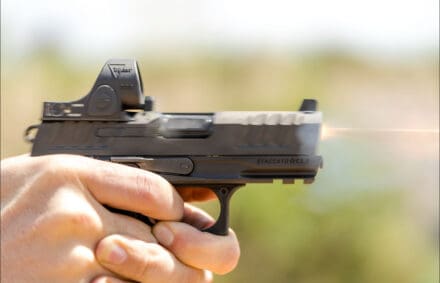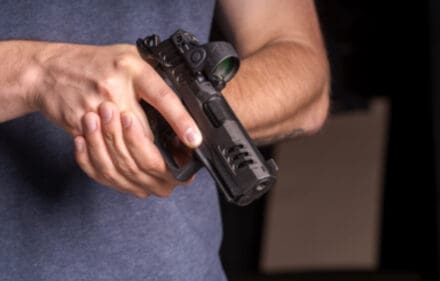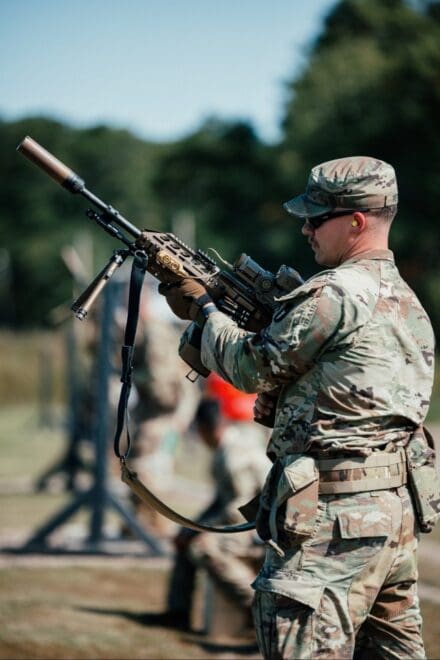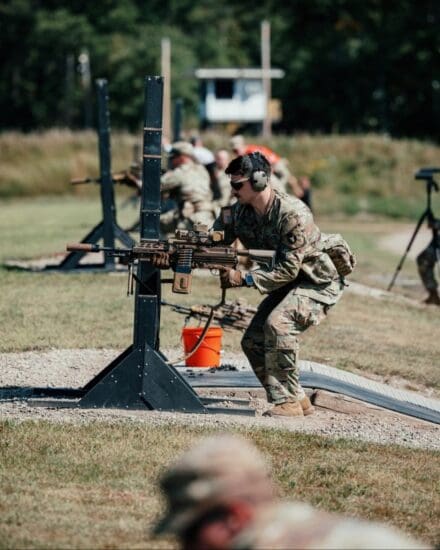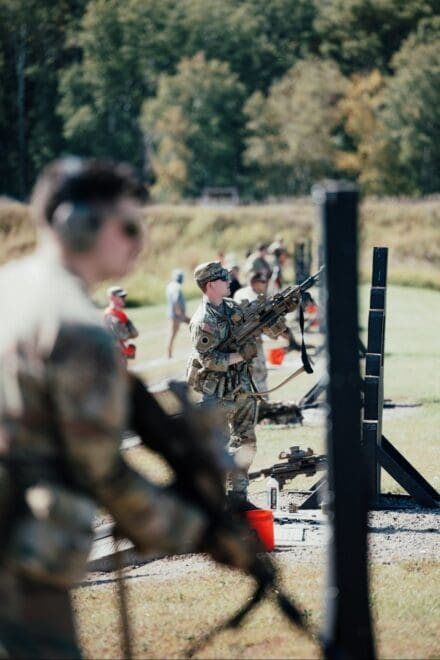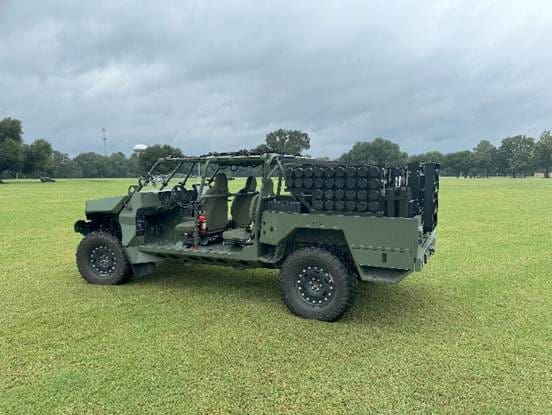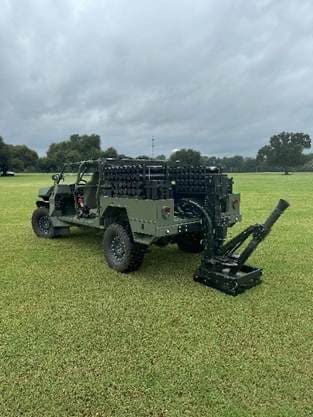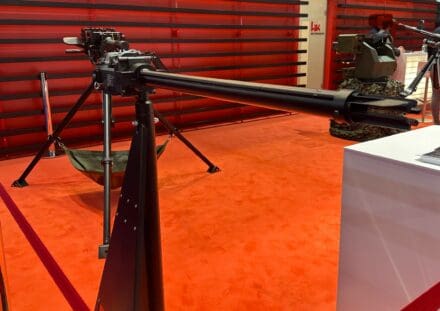(McLean, VA — October 1, 2025) FN America, LLC is pleased to announce that it has been awarded a Prototype Project Opportunity Notice (PPON) contract valued at $2 million, by the U.S. Army to further develop its submission for the Precision Grenadier System, a next-generation primary soldier weapon system and family of ammunition that enables precision engagements to destroy targets with increased lethality and precision compared to legacy grenade launchers.

The FN Multi-purpose Tactical Launcher 30mm (MTL-30™) that was designed in the U.S. and will be manufactured by FN America at its plant in South Carolina is a soldier-portable, semi-automatic, medium-velocity, flat trajectory grenade launcher that enables warfighters to engage targets at extended ranges with more effective payloads over existing technologies. After extensive testing, FN’s solution has successfully met the DoD’s key performance criteria while also delivering desired characteristics. In addition, the FN solution is easily manufacturable and logistically supportable due to state-of-the-art manufacturing techniques, ensuring the program will be cost-effective.
“This program is a U.S. Government priority with the shift in modern warfare and engagements, and FN is honored to be selected to develop this new, innovative solution,” said Mark Cherpes, President and CEO for FN America, LLC. “Once developed and implemented, this weapon system could radically change future battlefield strategies. It will offer new capabilities at the squad level and upgraded tactical options, giving the warfighter a more effective system.”
FN’s solution, the FN MTL-30, is the first in this family of launchers and ammunition, as FN works with the Department of Defense (DoD) to help solve one of the world’s most pressing battlefield needs.
“The FN MTL-30 shoulder-fired launcher can engage in close-quarter warfare, defeat targets in defilade, and engage unmanned aerial systems (UAS). It could also be networked with FN remote weapon stations to create a multi-layered defense against UAS,” said John Bungard, Sr. Director, Military Development Programs for FN America, LLC. “Providing solutions that can counter multiple threats is critical for future battlefield engagements. We are excited that the Army is interested in maturing our PGS solution. We are fully committed to this system and its development.”

The FN MTL-30 is chambered for 30mm medium-velocity grenades and features a detachable box magazine with 3- or 5-round capacity. At just 35 inches in length and 8.5 inches tall, the weapon weighs just over 10 lb. The bolt catch, magazine release and safety selector are all ambidextrous, plus there is an M4-style telescoping buttstock with a modular cheek riser. The modular rail system has a contiguous top rail for mounting of visual augmentation systems (VAS) and other devices, plus side M-LOK® slots with a MIL-STD Picatinny rail.
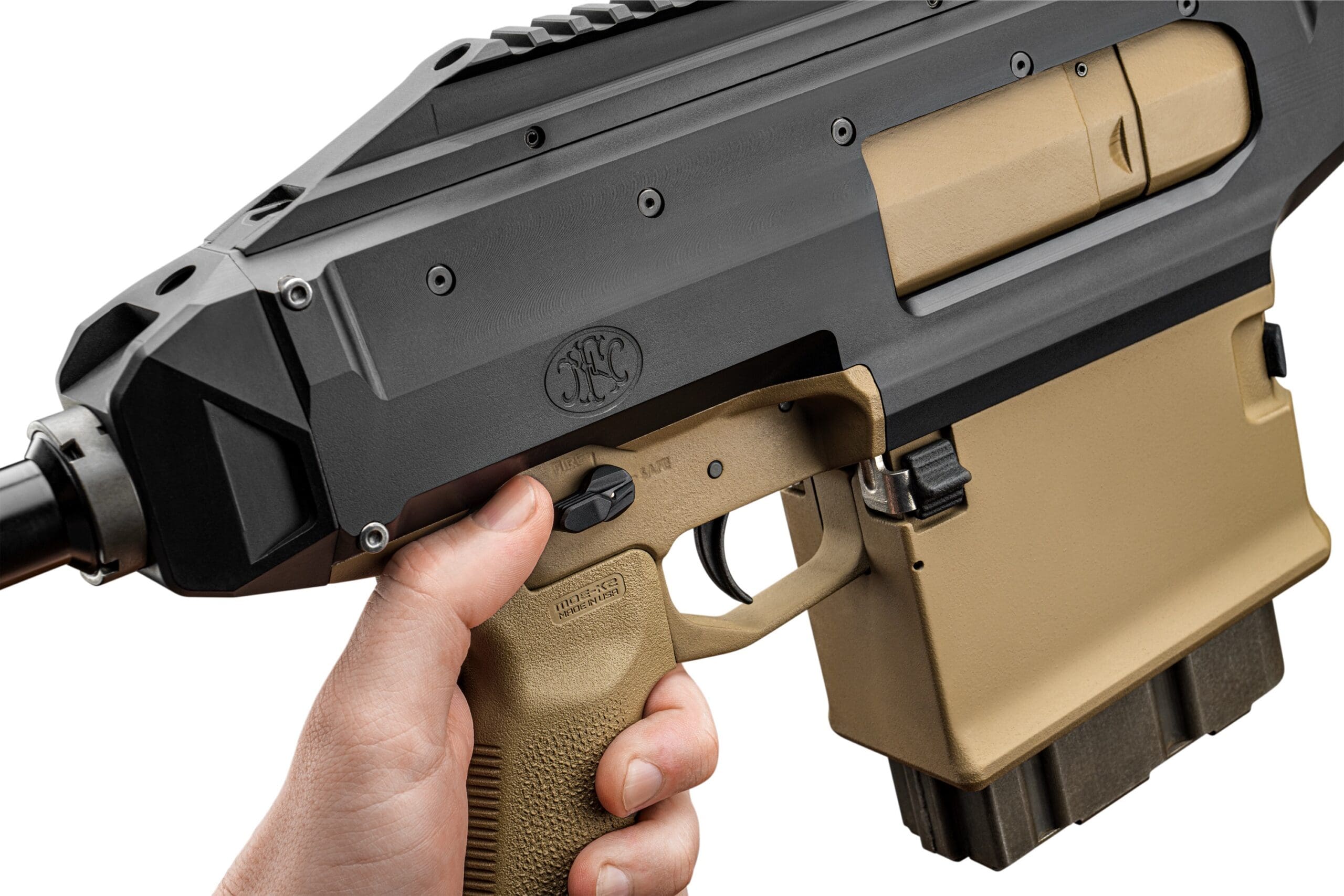
For the soldier, the FN MTL-30 is lighter and more streamlined than previous options. Real time soldier feedback has led to a prototype that is far more user-friendly, incorporating a footprint users will be familiar with due to the M4-style controls, grip and buttstock. The system features a soft shooting launcher with low-felt recoil, enabling rapid target engagement with effective payloads from an extremely controllable system. In addition, FN’s modular system is fully serviceable at the user level and has high parts commonality with existing components.
“The technologies we have incorporated have allowed FN to create a system that is much lighter, more compact and more maneuverable than previous soldier-operated grenade launchers,” said Jim Williams, Vice President, Military Programs for FN America, LLC. “This will improve soldier capabilities on the battlefield, offering a robust solution for close combat, engaging targets beyond 500m or to potentially combat other threats such as unmanned aerial systems.”
Throughout its history, FN has been one of the largest suppliers of small arms to the U.S. military and continues to develop innovative, future technology. In addition to this opportunity, the company currently holds contracts for the FN® M240 and its variants, the FN® M249 lightweight machine gun; the FN® MK 46, MK 48, MK 17 and MK 20 SSR for USSOCOM and various other contracts. FN has decades of experience designing and supplying various grenade launching systems. The company produced the MK 19 fully automatic 40mm launcher, the MK 13 EGLMthat was a part of the SCAR program and currently sells the FN 40GL® standalone launcher internationally.
For more information about FN’s military product line or current U.S. military contracts, please visit www.FNAmerica.com.





